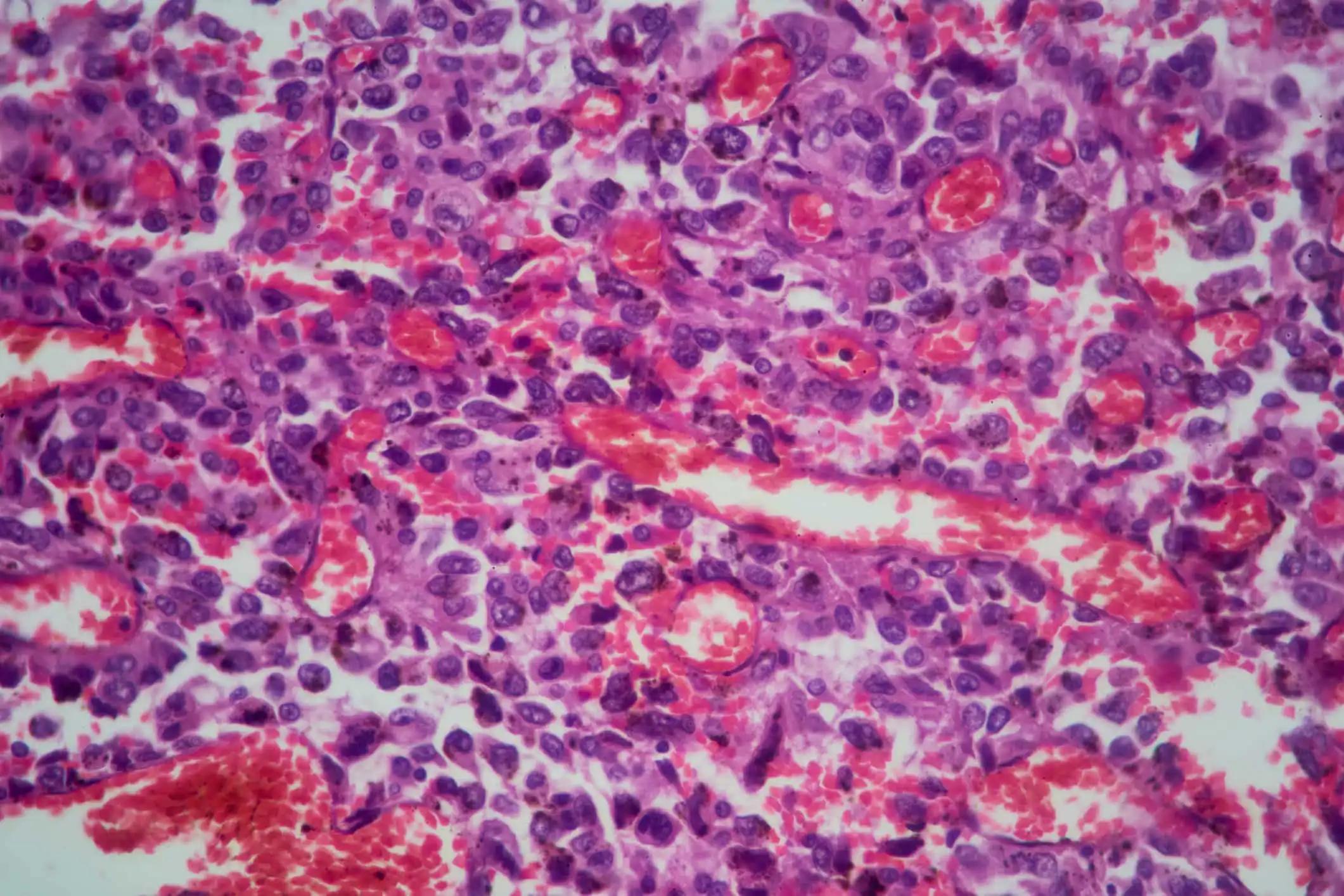KEY TAKEAWAYS
- The Phase 2 study shared a follow-up analysis of CP-CML pts in the PACE trial, focusing on those who met important cytogenetic and molecular benchmarks at 3, 6, and 12 months.
- CP-CML pts who were heavily pre-treated showed better 4-year PFS and OS rates when achieving rapid and significant responses with Ponatinib.
In chronic-phase chronic myeloid leukemia (CP-CML), negative outcomes have been linked to the successive use of BCR::ABL1 tyrosine kinase inhibitors (TKIs) and the occurrence of BCR::ABL1 mutations. Ponatinib is the only approved BCR::ABL1 TKI that effectively targets all existing native and single resistance-mutated forms of BCR::ABL1, including the T315I mutation. Clinical efficacy in patients (pts) with heavily pre-treated CP-CML, who either exhibited TKI resistance, intolerance, or harbored the T315I mutation, was shown in the phase 2 PACE trial.
This report provides a secondary analysis focusing on CP-CML pts from the PACE trial who reached key cytogenetic and molecular milestones at the 3, 6, and 12-month marks. For this study, researchers included Ponatinib-treated CP-CML pts in PACE. Patients were excluded if they fulfilled the response criteria at the start, had incomplete or non-assessable evaluations, withdrew from the study, or experienced disease progression before reaching the landmark time points.
Researchers evaluated molecular (BCR::ABL1IS≤0.1% [MMR], ≤1% [MR2], ≤10% [MR1], and >10%) and cytogenetic (MCyR, ≤35% Ph+ metaphases; CCyR, 0% Ph+ metaphases) responses at 3, 6, and 12 months. These were then correlated with metrics like progression-free survival (PFS), overall survival (OS), and the depth of the response (MMR, BCR::ABL1IS≤0.01% [MR4], and ≤0.0032% [MR4.5]).
The study included a cohort of 267 pts, of which 54% were male. The median age was 60 years, ranging from 18 to 94 years, and the median time since diagnosis was 7 years, ranging from 0.5 to 27 years. A majority, 61%, had been treated with three or more TKIs. As of February 6, 2017, 33% achieved MR1, 29% achieved MR2, and 12% achieved MMR at the 3-month. Those who responded to treatment had a notably better 4-year progression-free survival (PFS) than non-responders, with P-values of 0.0218, 0.0002, and 0.0010, respectively.
Patients who reached MR1, MR2, or MMR status at 3 months also showed a higher likelihood of 4-year overall survival (OS). Notably, those who achieved MMR at 3 months had deeper molecular responses (MR4 and MR4.5) compared to pts with a BCR::ABL1IS level greater than 10% (P<0.0001). Achieving either MCyR or CCyR at 3 months was strongly linked with better PFS and OS outcomes at 4 years (MCyR vs no MCyR [PFS/OS], P<0.0001/P=0.0006; CCyR vs no CCyR, P=0.0004/0.0116). Comparable patterns for enhanced long-term outcomes were also seen in pts who met landmark responses at 6 and 12 months.
The study showed that in pts with CP-CML who have been heavily pre-treated and are in the PACE trial, achieving rapid and substantial responses with Ponatinib is correlated with increased rates of 4-year PFS and OS. This highlighted that early attainment of MR1, MR2, or MMR indicates more favorable long-term outcomes.
Source: https://clml-soho2023.elsevierdigitaledition.com/336/index.html
Clinical Trial: https://classic.clinicaltrials.gov/ct2/show/NCT01207440
Müller, M.C., Cortes, J., Chuah, C., DeAngelo, D.J., Deininger, M., Guilhot, F., Hughes, T., Nicolini, F.E., Pinilla-Ibarz, J., Rea, D., Rosti, G., Shah, N.P., Talpaz, M., Lu, V., Padukkavidana, T., Kantarjian, H.M. Early Cytogenetic or Molecular Landmark Response to Ponatinib Treatment Predicts Outcomes in Heavily Pretreated Patients With Chronic‑Phase Chronic Myeloid Leukemia (CP‑CML) in PACE: 5‑Year Data.



